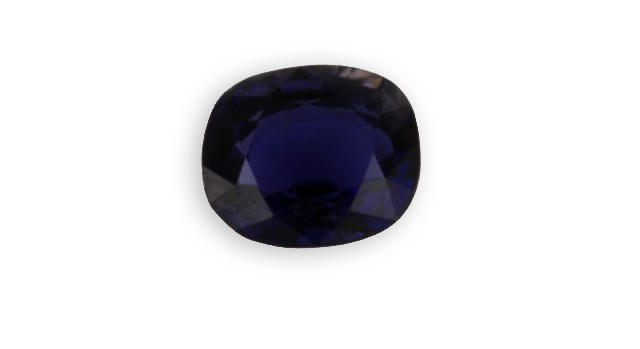
silicates
Je vous emmène à travers mes vidéos découvrir mon expérience acquise depuis plus de 30 ans a silloner le globe entier à la recherche de pierres précieuses, de rencontre mémorables mais aussi de difficulté parfois …
actualités
Categories

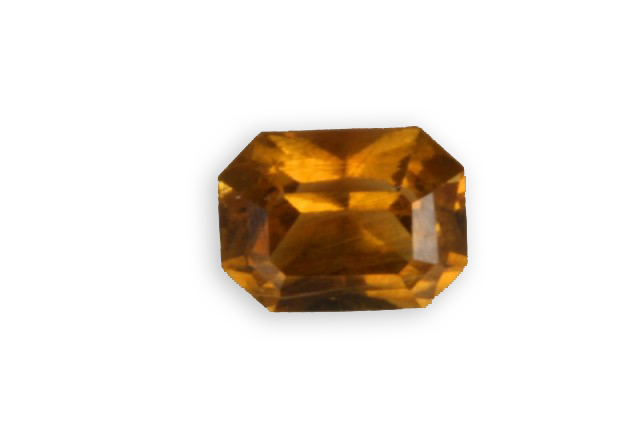
clinozoisite
Discovered in 1896 it was named after its resemblance to the monoclinic crystals of zoisite. It is part of the epidote group.
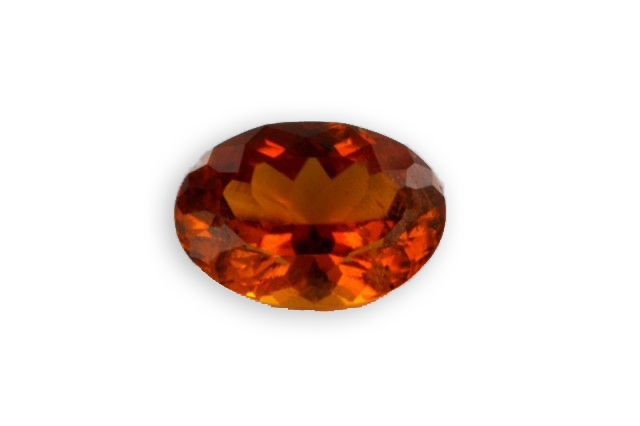
clinohumite
Discovered in 1876, on mont Vesuvius in Italy, it honors the name of the mineralogist Sir Abraham Hume (1749-1838). Some clinohumite gemstone was first discovered in Tajikistan, than Pamir, and then later in Vietnam.
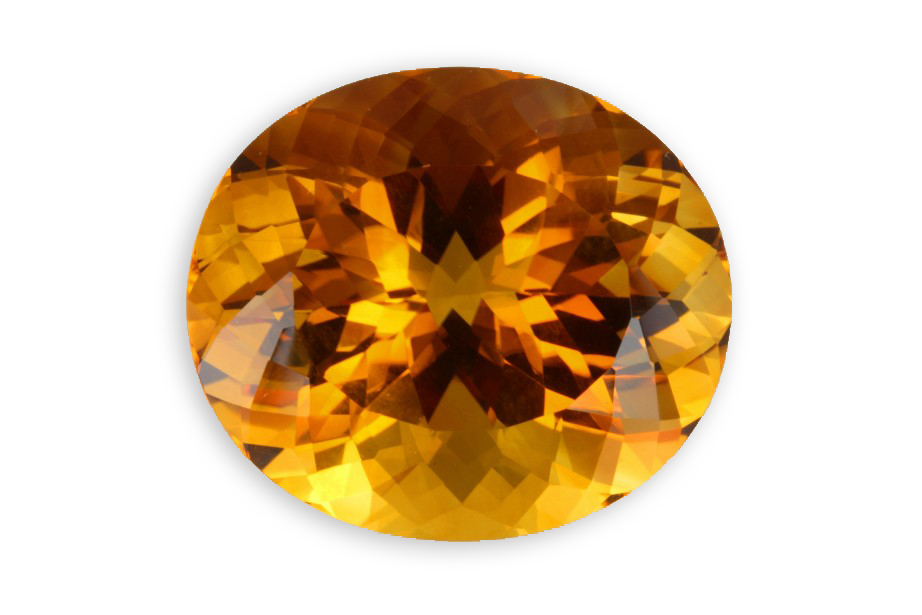
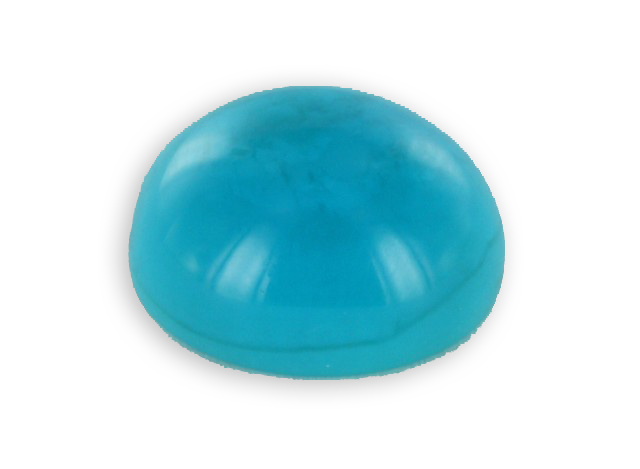
chrysocolla
Its name, of the masculine gender, comes from the Greek “khrusos” : gold, and “kholla”: glue, referring to the fact that this mineral was used powdered to solder gold. It has been called “the little sister of turquoise” because of its alikeness. The rock of
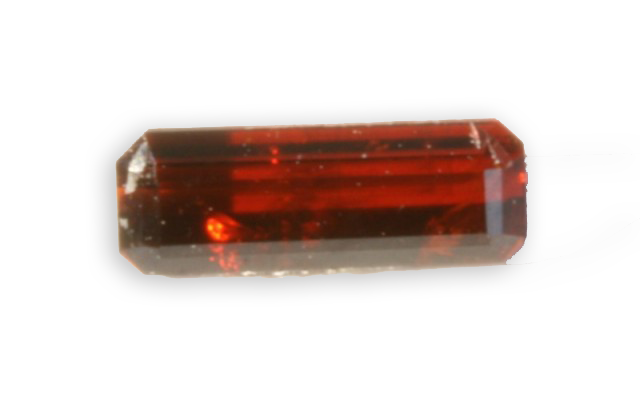
chondrodite
Discovered in 1817, its name comes from the Greek “chondros” which means grain in connection with its well-formed crystals, isolated in the form of grains.



